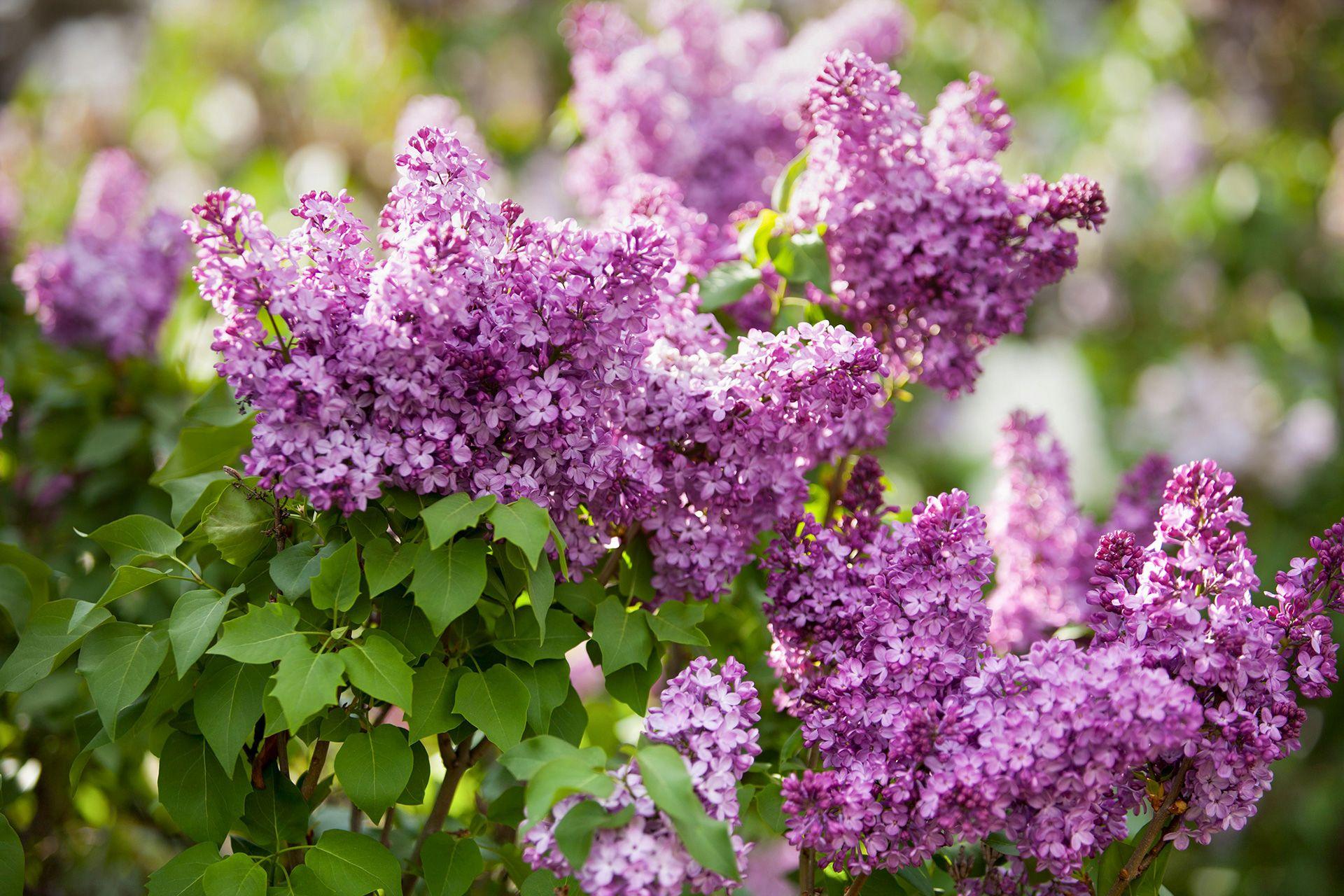Pruning the wrong plants in summer can snip away flower buds and leave you with a bloom-less garden.
Published on June 17, 2025
Home gardeners can prune away damaged plant stems and diseased branches at any time of year, but giving certain plants a significant trim in summer isn’t always the best choice. Although some plants tolerate summer pruning, opting to prune the wrong plants in summer can remove flower buds, reduce blooming, and make plants more vulnerable to pests and diseases. To maintain healthy ornamentals that bloom abundantly, avoid pruning these 10 plants in summer.
Abelia
Famed for their summer blooming flowers and delicate fragrance, abelias are often planted in pollinator habitats to attract bees and hummingbirds. However, these flowering shrubs can also be used as specimen plants in ornamental beds. Regardless of where you grow abelias, it’s best to avoid pruning abelia plants in summer. Abelias flower on the current season's growth, and pruning them at the wrong time can remove flower buds and make these plants less useful to pollinators.
Crape Myrtle
Andre Baranowski
Since crape myrtles flower in summer, it’s usually wise to keep your pruners stowed away until these plants enter a state of dormancy in winter. Pruning in summer can delay blooming and make crape myrtles more susceptible to plant diseases. However, it is OK to deadhead old flowers to reduce the spread of seeds.
Flowering Dogwood
Dogwood (Cornus florida) isn’t as sensitive to summer pruning as some plants, and gardeners can choose to prune dogwood in summer. However, it’s usually best to prune dogwood plants when they’re dormant in winter since dogwood tends to bleed sap when it’s pruned during the active growing season. Leaking dogwood sap can look unappealing, and it also makes these plants more vulnerable to pests and diseases.
Potentilla
Potentillas (or cinquefoils) can look bedraggled if they aren’t pruned back from time to time—but summer isn’t the time to prune these plants. Potentillas do most of their flowering in summer, and pruning them at this time of the year can reduce blooming and potentially stress plants so much that they flower less the following year, too. Instead, prune potentilla when the plants are dormant in winter and clip back the thickest stems all the way to the ground since these stems usually won’t rebloom.
Smoke Bush
James Carriere
Named for its wispy flowers, which are said to look like puffs of smoke, smoke bush is an intriguing specimen plant that lights up gardens with unexpected color when it blooms from late spring to early fall. Early spring is the best time to prune smoke bush plants. Pruning them in summer reduces flowering and can cause significant plant stress, increasing the chances that smoke bush plants will develop fungal and bacterial diseases. Fall pruning should also be avoided, as late pruning can cause these plants to leaf out in autumn and make tender stems more susceptible to frost damage.
Oleander
Although oleanders flower on new wood, summer pruning is still not advised. Oleanders typically flower from summer to fall, and pruning oleanders when they’re at their peak can interfere with blooming. If you want to keep oleanders as happy and healthy as possible, do your pruning when oleanders are dormant in late winter to early spring, and cut plant stems back to a leaf node to encourage branching and leafy growth.
Lilacs
Although you might want to spruce up the look of your lilac bushes, it’s best to skip pruning lilacs in summer and fall. Lilacs only bloom on old wood, meaning they form their spring flower buds during the previous growing season. If you prune these plants in summer, there’s a good chance you’ll clip away all those lilac buds and end up with flower-free plants next spring.
Forsythia
Like lilacs, forsythias bloom on old wood, so prune these plants only immediately after they finish flowering in spring. If you prune forsythia plants in summer or fall, you’ll likely remove flower buds and reduce the amount of flowers that appear next year. You can prune damaged branches whenever needed, but avoid reshaping forsythia plants in summer.
Daphne
Daphne plants grow relatively slowly, and pruning is usually not necessary. If your daphne shrubs need a trim, the best time to prune is immediately after the plant flowers. Daphne is another plant that blooms only on old wood, and pruning these plants in summer can remove flower buds and reduce blooming.
Rhododendrons
Rhododendrons—another plant that flowers on old wood—should only be pruned immediately after they finish flowering. Pruning rhododendrons at other times of the year can remove flower buds and make rhododendron plants bloom less. On top of that, summer pruning can cause rhododendrons to produce new, tender growth, which attracts aphids and may make these plants more vulnerable to pest damage.



